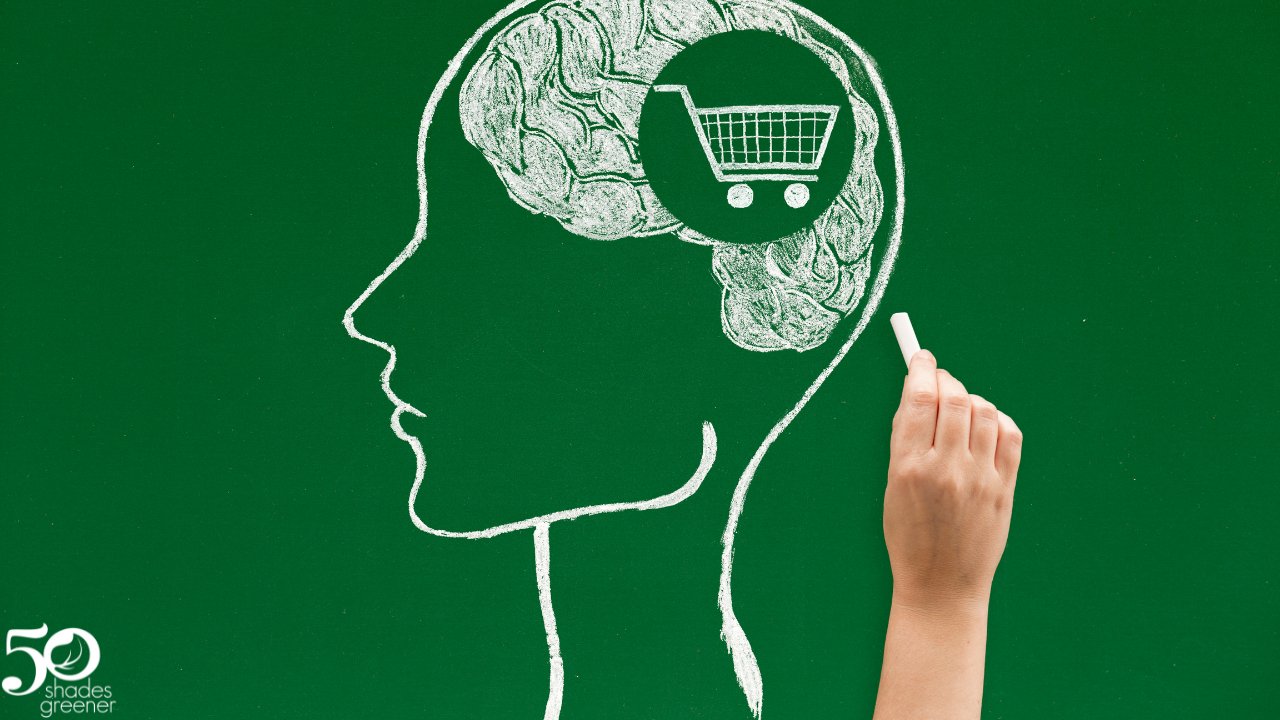People & Climate

Inequality amongst the human race is something that has caused a lot of pain and suffering over the centuries, and unfortunately, injustice continues in present times.
Let’s look to the past to inform our present. The foundations of many of today’s inequities are centuries old and they have remained through centuries of change.
Slavery, being one of the most insidious, with its first peak in ancient Egypt and the Roman empire. One might think that in modern times slavery does not exist anymore, but unfortunately, in 2019 approximately 40 million people, of whom 26 percent were children, were enslaved throughout the world, despite it being illegal.
It is shocking to me that slavery is still happening in our society. For many people across the globe the term “slavery” is something of the past, historic. It is hard to grasp this concept because we don’t see it with our own eyes, but it is a plight of our time.
So how does slavery relate to Climate Change?
With colonization and the establishing of a system of slavery, between the 1500 and the 1800’s, economic and societal structures were constructed, benefitted and grew exponentially from the work of men, women and children in slave labour.
Simultaneously, Indigenous people were stripped not only from their human rights but also of their land, where their peoples had resided for centuries. The taking of land for expansion, the search for gold, buildings and agriculture; leading to the chopping down of trees, disruption of water and ecological systems, helped build our modern capitalist society and provided more and more resources for the privileged.
To put it in simple terms, there has always been a % of human society that in order to get richer, in order to have more things, more land, more food, more money, have used other people and destroyed natural resources to achieve their goals. Nothing gets in their way, not the environment, nor the planet, not even people.
Unfortunately, this is still very much the case in modern times. We see injustice and inequality in everyday life.
Take the fashion industry for example, the clothes we wear every day. Many major brands that we buy from, produce their garments in what we call sweatshops. These are large factories where workers are underpaid, forced to work longer hours in order to earn a day’s pay. In some cases, children are exploited and used to work in these factories. Why is this happening? It follows the quest of the rich getting richer, like major global brands squeezing more profit out of the sales of their products. The less it costs them to make those products, the more profit they will make.
With and without our knowledge, we are contributing to this system of exploitation and environmental degradation. The increase in a society of consumerism demands a drop in prices, the cheaper things become, the more we consumers can buy. The more things we own, the more we want to own and so the wheels of climate injustice are fuelled by us all.
When it comes to fashion, it is not just about human exploitation and inequality, the fashion industry is also the second largest polluting industry in the world after fossil fuels. About 20% of industrial water pollution comes from textile dyeing and treatment. From the natural resources extracted to create clothing materials, to the dyes used to make colourful clothes there is no question that fast fashion is a large culprit of climate change.
But inequality and injustice does not stop with fashion. It is in many other industries - where the quest to benefit the most privileged in society supersedes the human rights of poorer people and our natural environment.


